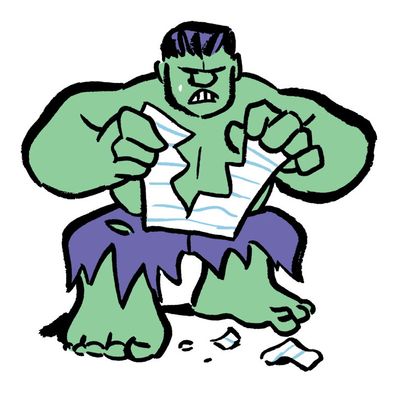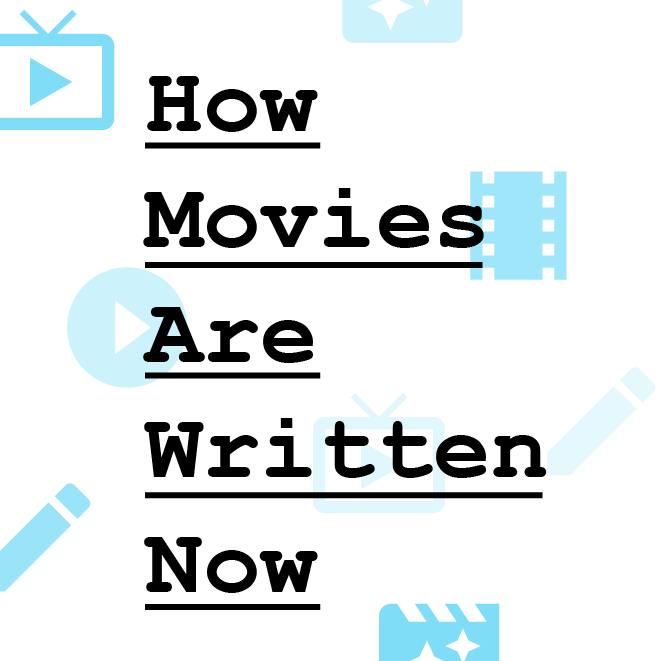
I hate to kick a movie when it’s down, but the much-maligned The Mummy might end up being the most important movie of the year for all the wrong reasons: a textbook case of what happens when a studio’s drive to build franchises, tentpoles, and universes rearranges a screenplay’s DNA and, with the addition of a major star’s demon semen, produces a mutant more horrifying than anything onscreen. An autopsy is essential, if not — I warn you — for the squeamish.
Some background: The Mummy is the first product of something that Universal Pictures has labeled the “Dark Universe,” which lifts the famous monsters from Universal horror classics such as Frankenstein, Dracula, and the Mummy. I’d normally be over the moon about this idea. As a wee nerd, I built models of Frankenstein’s Monster, Dracula, the Mummy, the Wolfman, the Creature From the Black Lagoon, etc. I subscribed to Famous Monsters of Filmland magazine and, per its punning editor, spoke of Horrorwood, Karloffornia. I don’t even hate the idea of a sort of Mission: Impossible monster-hunting team, headed by Dr. Henry Jekyll and one Jenny Halsey (allegedly kin to the pre-Buffy vampire archnemesis, Professor Van Helsing.) It’s a bit like The X-Files. But I don’t think anyone behind the Dark Universe project began with a love of these characters. It was more along the lines of, “We haven’t got a universe and Disney has gobs of them! What properties do we own that we can squeeze billions out of?”
A universe, if you don’t know, is the mother lode. It’s Marvel superheroes, DC superheroes, Star Wars Jedi knights. A universe runs by Hamiltonian, not Jeffersonian laws, by which I mean that every meaningful decision emanates from a single executive source instead of individual artists making individual creative choices. Directors are hired help and often driven mad by interference from on high. (Joss Whedon, whom you’d think would have had some power after The Avengers, was subjected to frazzling daily challenges.) On most of these projects, there are several sets of screenwriters, one to devise the story beats, another to provide the dialogue, another to add jokes, and another to pull it all together. Character specialists might be hired to punch up, say, the woman’s part or give the black sidekick some tang. The public doesn’t really know.
What’s obvious, though, is that a universe-building screenwriting team has to keep many balls in the air: multiple protagonists, multiple villains, multiple tangential characters to be spun off, acknowledgements of what came before and teasing hints of what’s to come. In the case of The Mummy, no one seemed to know how the story should begin, which meant it has essentially four opening scenes: a prologue involving an ancient holy order of monster killers; a modern-day discovery of a tomb under London and the entrance of Dr. Jekyll; a lengthy flashback to ancient Egypt that seems completely unmotivated (I missed the rationale in any case); and, finally, the entrance of the star, Tom Cruise, giving a wink-and-nudge comic performance as a wily smuggler in Iraq. The storytelling is so poor that what brought Cruise’s character to his present location — the action that initiates his entire narrative — happened offscreen, when he bedded Jenny Halsey and, while she slept, made off with a map to what proves to be the mummy’s tomb. That’s consigned to expository dialogue.
It’s more than half an hour into the movie before the premise is even apparent, so there’s barely time for a second act in which the characters show different sides of themselves. Instead, there’s one mini-climax after another, with no one able to get from point A to point B without some inessential intervening calamity and a lot of impersonal, computer-generated effects. Then comes the climax — really, multiple climaxes, because without developing or varying the story, the weight is firmly on spectacle, and one face-off never seems quite enough. There are all sorts of sub-villains to be dispatched — in the case of The Mummy, a plot-stopping scene in which Jekyll becomes Mr. Hyde and wrecks part of the set — on the way to the Mummy herself, played (very well, not that it matters) by a glowering Sofia Boutella. The denouement signals that the story of Cruise’s character is ongoing (at least they thought so at the time) and that there will be other characters for the team to face. The Bride of Frankenstein is on the agenda, which means my wee-nerd favorite movie is in for a desecration. A new age of gods and monsters, indeed.
There were reports after The Mummy’s flop that it was Cruise and his people (including Christopher McQuarrie, who seems to have replaced Robert Towne as Cruise’s house screenwriter) whose work distended the movie’s shape. I doubt it had that much effect. McQuarrie is skillful, and David Koepp — also credited — has a long history of hitting his marks. I think the movie turned out the way its studio wanted it to, which turned out to be unwatchable, because franchise-tentpole-universe movies contain the seeds of their own destruction.
Twenty years ago, a major studio reportedly commissioned a study to determine which kind of movies made the most money, with the understanding that it would concentrate on that type exclusively. It turned out there was an answer: sequels. You see the problem here. You can’t simply add a 2 or II or Chapter 2 to the title. You have to make part one. But if part one is set up like The Mummy, you in theory have a sequel-generating machine. Except when the machine gets all gummed up, as in the would-be Dark Tower series. Sometimes audiences even say, “Enough is enough,” as in the Divergent series, adapted from a lousy trilogy that might have made for one passable movie but dropped dead before the finish line, part four. It’s only because a sizable number of people wanted to see the characters in Suicide Squad that the movie was a hit. Restructured at the direction of its studio, it was a storytelling shambles not that much better than The Mummy.
In spite of The Mummy, there’s no indication that Horrorwood, Karloffonia execs have learned anything — though even if they have, there are too many movies in the pipeline for the knowledge to make much difference. It depends on whether audiences will finally get bored with superhero and monster jamborees with their nonendings (stay through the credits!) and show a preference for self-contained stories without obvious sequel potential. In the meantime, screenwriters: Study The Mummy. Examine its elements under a microscope and decide for yourself if the question is not how it died but how it could ever have lived.
*A version of this article appears in the October 2, 2017, issue of New York Magazine.



